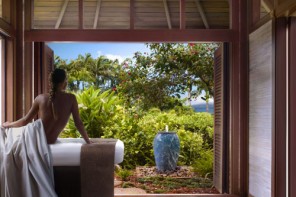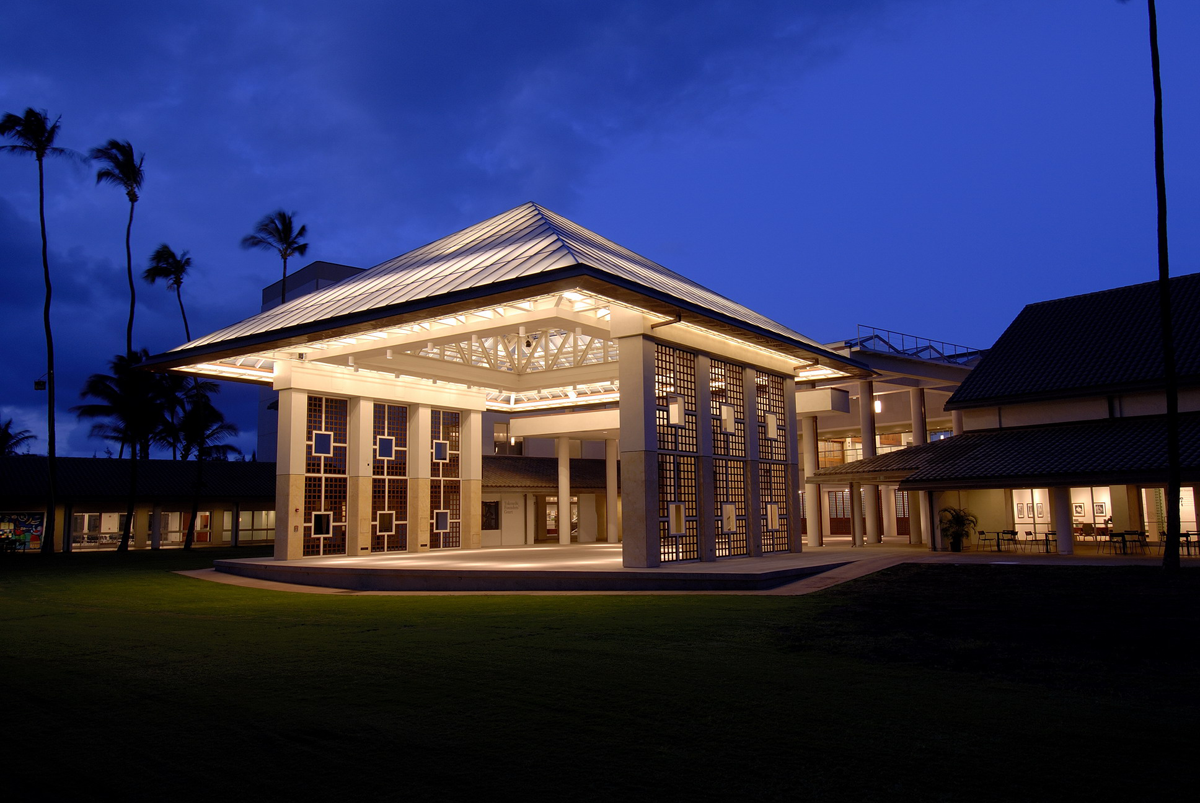“Ancient Hawaiian precious cargo…the healing canoe plants! ”
Ms. White was an avid writer, poet, editor and naturalist, however she is best remembered for her love of Hawaiian culture. She states that the ancient Hawaiian community were a race of people, courageous enough to launch themselves in hand-hewn wooden canoes, sailing until landfall, using their navigational skills to guide them to these mountain islands.Upon the sailing canoes were stashed precious cargo of the shoots, roots, cuttings and seeds of these plants for food, cordage, medicine, fabric, containers, all of life’s vital needs.
As a resident of Maui from 1983 to 2004, she expressed a lifelong interest in cultural anthropology through her research as an accomplished herbalist dedicated to holistic health and self care. I love her writing of the Canoe Plants of Ancient Hawaii (www.canoeplants.com).
In this article I want to share my top 6 favorite “Hawaiian Canoe Plants”, their health benefits, how you can find them not only as favorite ingredients for upscale local chefs’ meal recipes or health food stores shelves but also in Maui spa’s beauty and wellness therapies.
‘AWA (Kava) is used as a sacred plant for prayer, as well as appreciated for pleasure in the south Pacific Islands. `Awa is used principally as a sedative to induce relaxation and sleep, especially when combined with lomi lomi massage. It has calming, soothing properties and can be used to treat headaches, muscle pains and to relieve insomnia.
`AWAPUHI (Ginger) the most common use of `awapuhi kuahiwi is as a shampoo and conditioner for the hair. The clear slimy and sudsy juice present in the mature flower heads is excellent for softening and brings shine to the hair. The sudsy juice is excellent for massage, too.
KALO (Taro) is believed to have the greatest life force of all foods. Kalo and poi (pounded kalo) are a means of survival for the Hawai`i people. The single most important plant in Hawaiian culture, taro leaves are used to treat asthma, pain and swelling from insect bites, relieve indigestion, and help stop bleeding. You can find Taro Skin Soother after-sun and vitamin-boosting ritual in Maui spas.
NIU (Coconut) is probably the most easily recognized and best tropical fruit in the world. I am told that the most pure water on earth is from this nut. Medicinally, coconut can help with ingestion, improve cholesterol, reduce appetite and other therapeutic benefits. Coconut oil is used in almost every Maui spa as a skin moisturizer and can protect against hair damage. It can also be used as a mild form of sunscreen and as mouthwash.
NONI (Indian Mulberry). The leaves of the noni plant are known to relieve gout pain and act as a tonic and as a healer of wounds. And from the fruit you can find amazing healing sunburn spa treatments. I will warn you to be prepared for a pungent scent and taste but what a miracle plant! A blend of Hawaiian noni fruit nectar with aloe vera gel; apply it gently to the body with ti leaves making it the best spa treatment to soothe and relieve sunburned skin.
KUKUI (candlenut) Originally it was most valued for its use in stone lamps and in ti leaf sheath torches. The nuts are widely used as a traditional lei, both the hard shells of the polished black, tan or brown, and immature white, which are more rare. The parts of this tree are used as a laxative, while the leaves are used to relieve swelling from bruises. The kukui nut oil penetrates the skin and hair, replacing lost moisture, while smoothing, protecting and adding incredible shine!
These and many other plants were used for centuries of self-sufficiency. The 6 Healing “Canoe Plants” that I wrote about today were those that interested me most. I would like to invite you to keep them in mind when you select your meals in any
of the fabulous Maui restaurants and
when you book your spa treatment in
the Maui spas!





